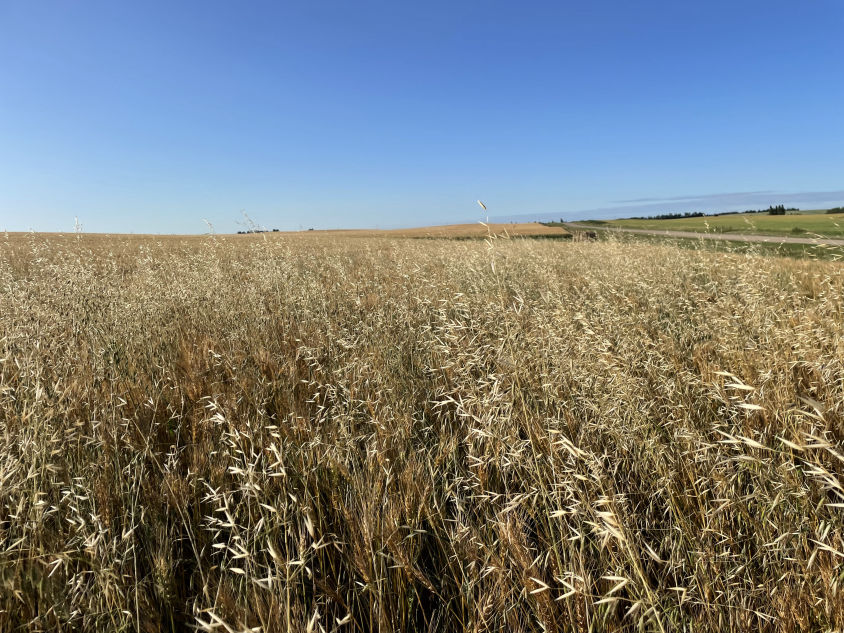
Managing Resistant Wild Oats
Combines are rolling, with majority of the wheat off and many working on canola! Yields are better than expected considering the moisture constraints growers faced this year. Inglis area has received approximately 5” of rain this fall, which should help replenish the soil reserves for next year! Over the past few years, we have been noticing more wild oat escapes. These escapes are especially evident at harvest. We have done a fair bit of testing and have found lots of group 1 and 2 resistance.
Wild oats are one of the top herbicide resistant weeds in the Prairies, with known resistance to herbicide groups 1, 2 and 8[1]. It is also likely that wild oats will develop glyphosate resistance in the future[[2],[3]]. In 2016, Hugh Beckie conducted a weed survey in Manitoba. Of the